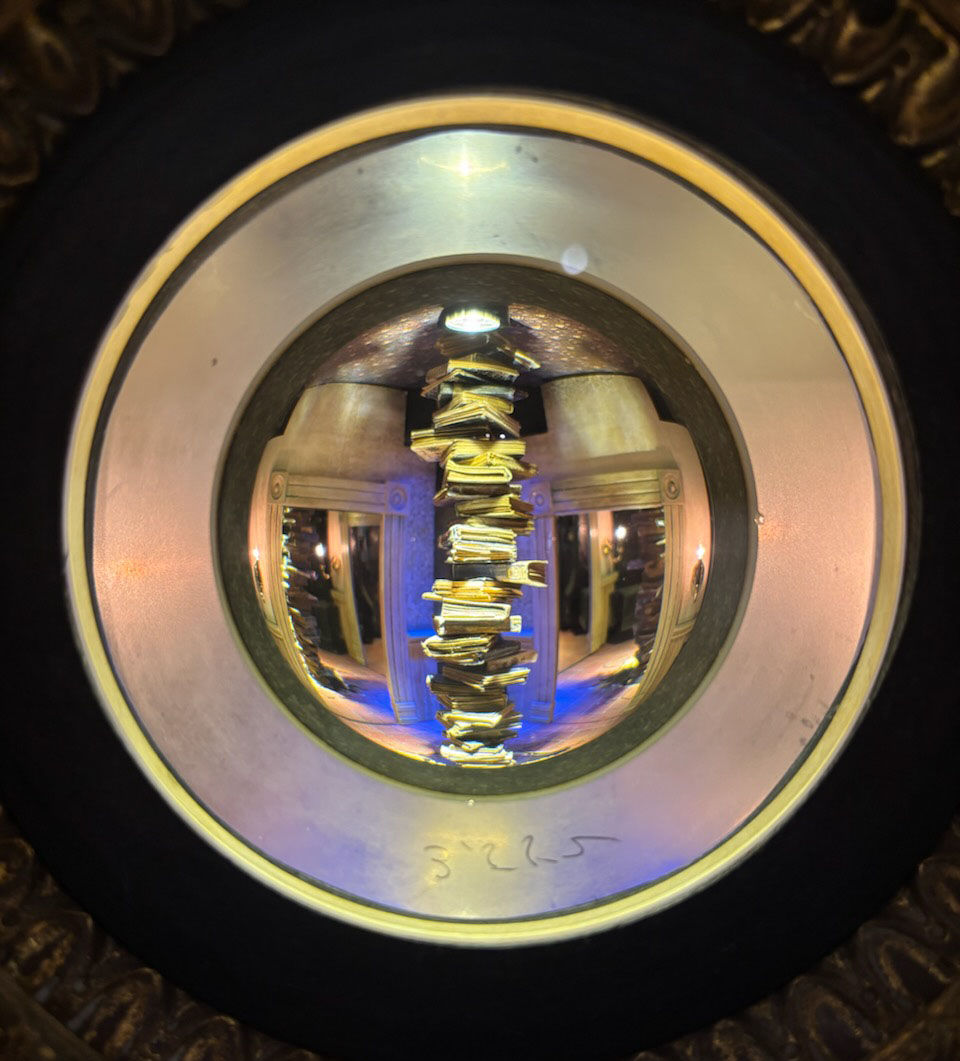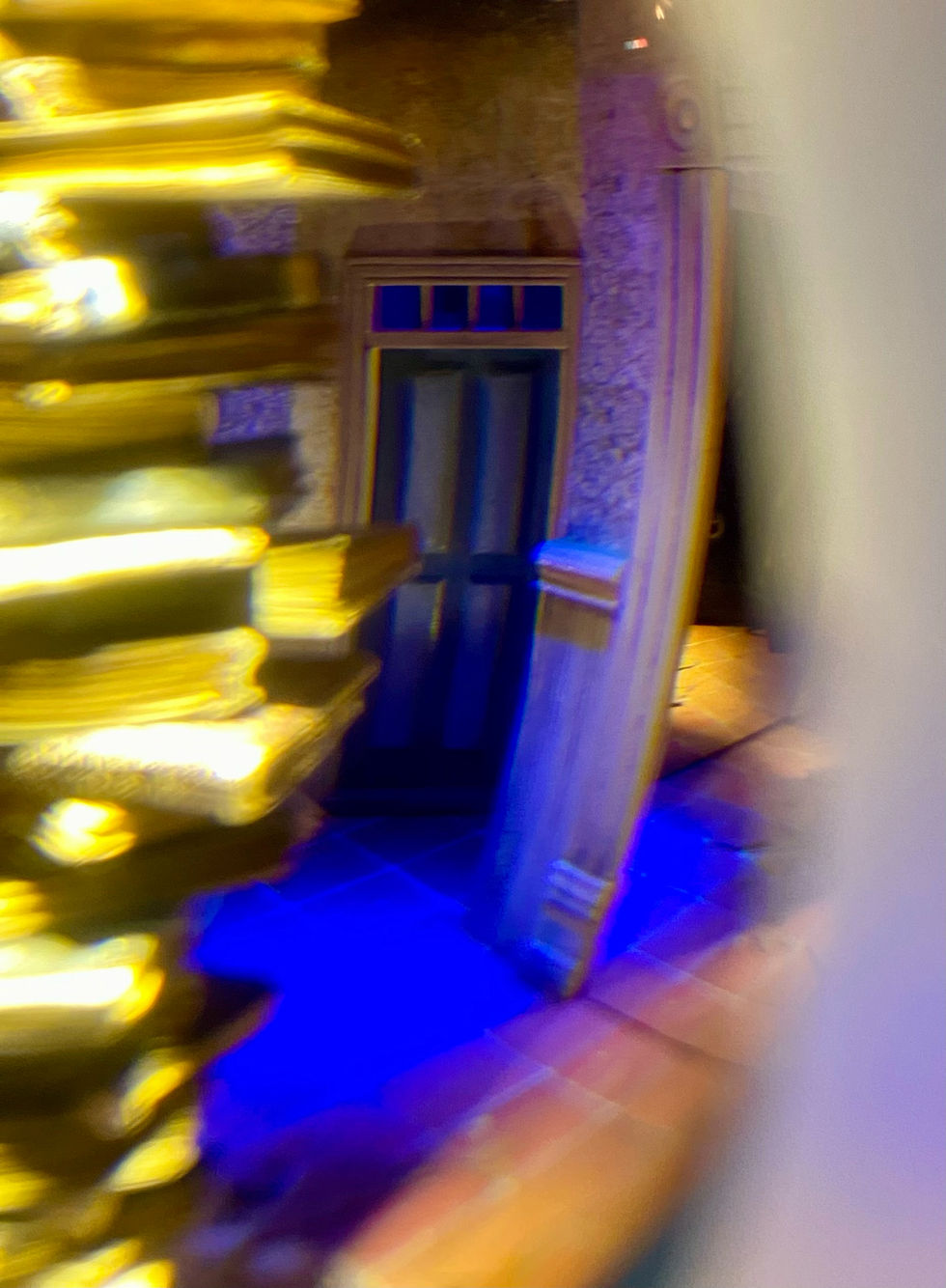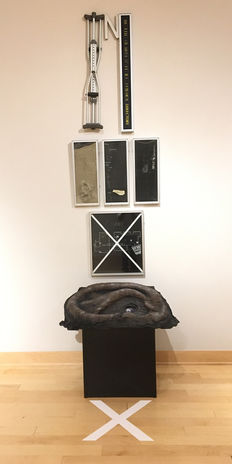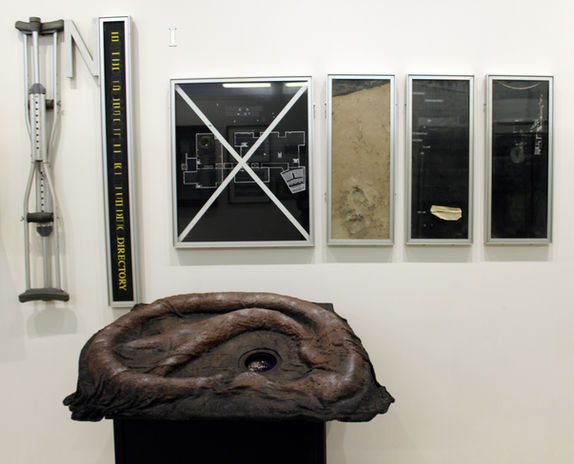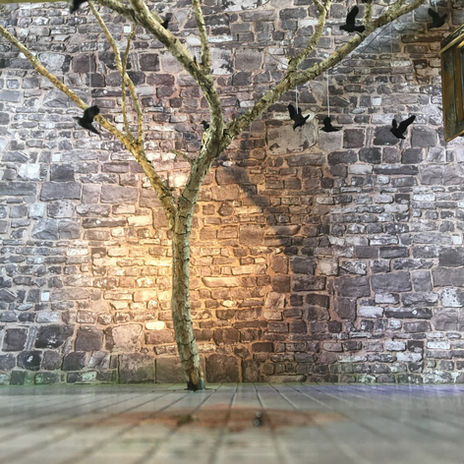BONE DOLLS/
MINIATURES
 |  |  |
|---|---|---|
 | 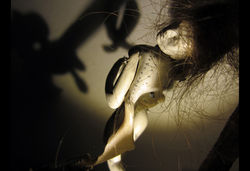 |  |
 |  |  |

The work forTRESPASSERS emerges from an interest in miniatures and as an extension of experience with optical devices---cameras and viewers of all kinds---from the 19th century through to the present. These images are from installations that feature micro-miniature articulated puppets or “bone dolls," most of which have been fashioned from the remains of the same small animal discovered on a walk. Each of the puppets features a micro tattoo which classifies them as a “TRESPASSER,” a marker of identity tied to an implied narrative related to the daily explorations. They have materialized as animated characters drawn out of books, like Ben Marcus's The Age of Wire and String, paintings, such as Giovanni Segantini's The Evil Mothers, or the Serbo-Croatian Romani film, Time of the Gypsies. These figures are also influenced by magical miniatures (Tupilaq bone carvings from Greenland, the tiny Sirtya effigies made by the Nenets of Siberia, and Nkisi sculptures from Africa) and are not unlike 17th Century ivory medical miniatures. With permission from Ben Marcus, the “Air Trance” installation includes a passage from The Age of Wire and String. The writing is presented as a kind of ghost text that is only readable as a shadow. It communicates an almost post-apocalyptic use of language that corresponds to the reconfiguration of the effigies as a representation of meaning over function.
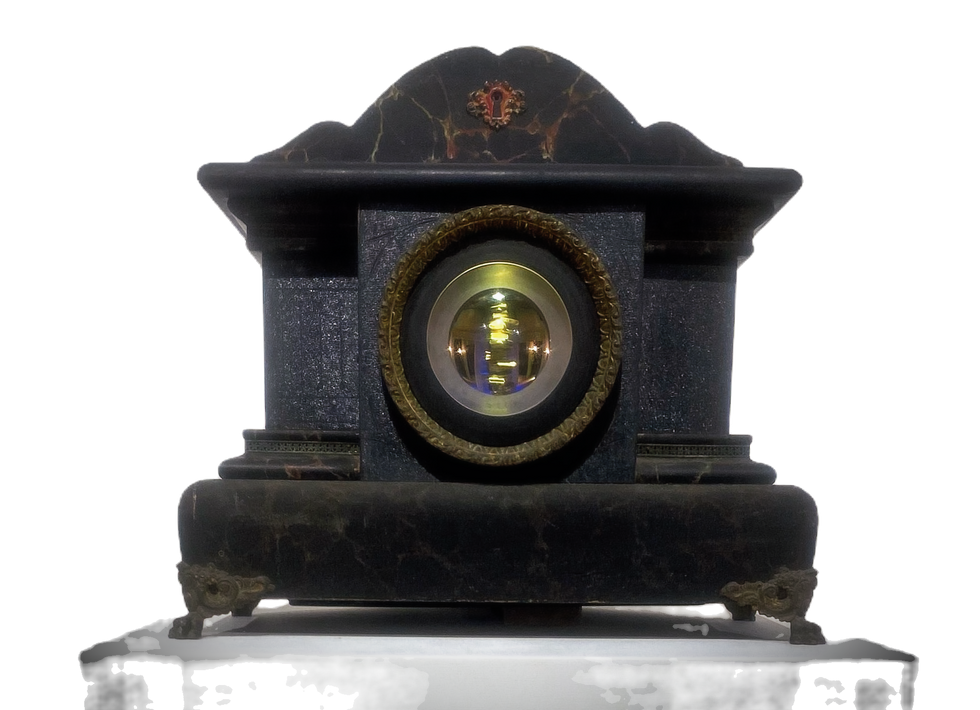
L O C K E D - H O U S E B O O K S
1. Pamphlets issued by the society that first prescribed the ideal dimensions and fabrics of all houses. 2. Texts that, when recited aloud, effect certain grave changes upon the house. 3. Any book whose oral recitation destroys members, persons, landscapes, or water. 4. Texts that have been treated or altered. To lock a given text of the society is to render it changeable under each hand or eye that consumes it. These are mouth products. They may be applied to the skin. Their content changes rapidly when delivered from house to house. 5. Archaic hood, existing previously to the mouth harness, engraved with texts that are carved into the face and eyes.
--Ben Marcus, The Age of Wire and String
INdirectory: U R (NOT) here makes use of a large collection of obsolete directories and floor plans. Now altered to read as found poetry or dream-like spaces and imagery, the instructions steer the viewer away from familiar external territory and into perplexing but amusing internal space. The floor plan depicts a dirt ear that looks down into a mysterious workshop (represented in the smaller incarnation by a tiny LED light). As it happens, the viewer is right at this larger maze-like dirt ear, marked by an "X" on the floor. Through a large lens one sees a distant but apparently vast space below--an illusion of scale and reflection. Created for the faculty exhibition in fall 2021, this installation was designed to be placed over the old theater prop shop--which no longer exists--in the recently renovated Duke Hall Gallery of Fine Art at JMU. It is a fictionalized recreation of the former glory of Duke Hall as the cramped but creative and quirky Theater, Music and Fine Arts building. The tinny sound of far-off music and footsteps of a solitary late-night worker heighten the impression that this space still exists, if only now in fantasy or memory.




